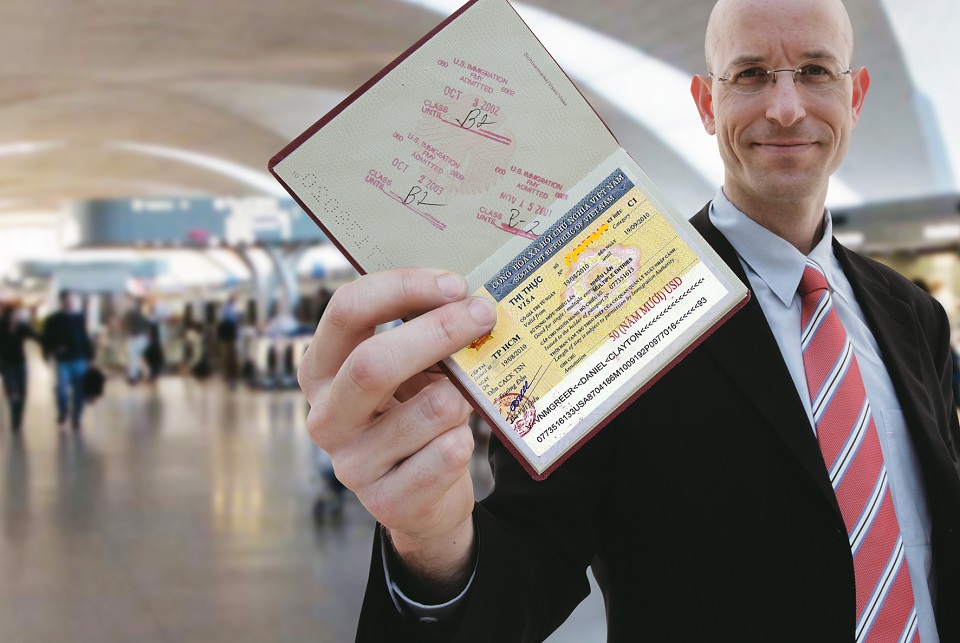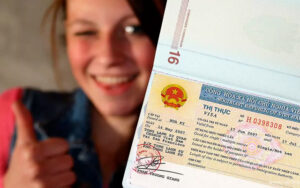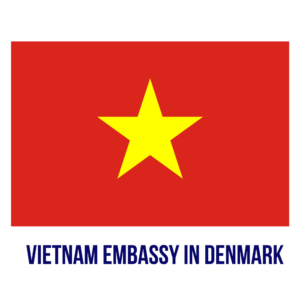The Vietnam-Denmark Relations: Trade partnership has evolved into a cornerstone of bilateral cooperation, reflecting the shared economic ambitions of both nations. From development aid to strategic investments, this relationship has grown exponentially, driven by mutual benefits in commerce, sustainability, and innovation. As Vietnam emerges as a key player in Southeast Asia’s economy and Denmark strengthens its global green tech leadership, their trade ties continue to flourish under frameworks like the EVFTA.
Table of Contents
Overview of Vietnam-Denmark Diplomatic Relations

The diplomatic ties between Vietnam and Denmark have transformed from post-war humanitarian assistance to a multifaceted strategic partnership. Rooted in shared values of sustainable development and economic growth, this relationship has weathered global shifts, adapting to new geopolitical and economic realities.
From Aid to Alliance: The Evolution of Bilateral Ties
Denmark’s early engagement with Vietnam was primarily through development programs in healthcare and infrastructure. The 1980s marked a turning point as Denmark aligned its support with Vietnam’s Doi Moi reforms, focusing on agriculture, renewable energy, and governance. This laid the groundwork for trust, enabling deeper collaboration in trade and diplomacy.
By 2013, the elevation to a Comprehensive Partnership formalized their commitment to long-term cooperation. This framework expanded dialogue beyond economics, incorporating climate action, education, and maritime security—a testament to the relationship’s maturity.
Political Synergy: Navigating Global Challenges Together
Vietnam and Denmark often find common ground in multilateral forums, advocating for climate resilience and fair trade. Denmark’s expertise in green technology complements Vietnam’s renewable energy ambitions, creating synergies in policy and practice. Their alignment on issues like the UN Sustainable Development Goals (SDGs) underscores a shared vision for equitable growth.
Cultural Diplomacy: Bridging Societies
Cultural exchanges, from art exhibitions to academic collaborations, have enriched people-to-people ties. Initiatives like the Vietnam-Denmark Friendship Association foster mutual understanding, ensuring the relationship transcends government-level interactions. These soft diplomacy efforts are vital for sustaining long-term partnership momentum.
Trade and Economic Cooperation Between Vietnam and Denmark
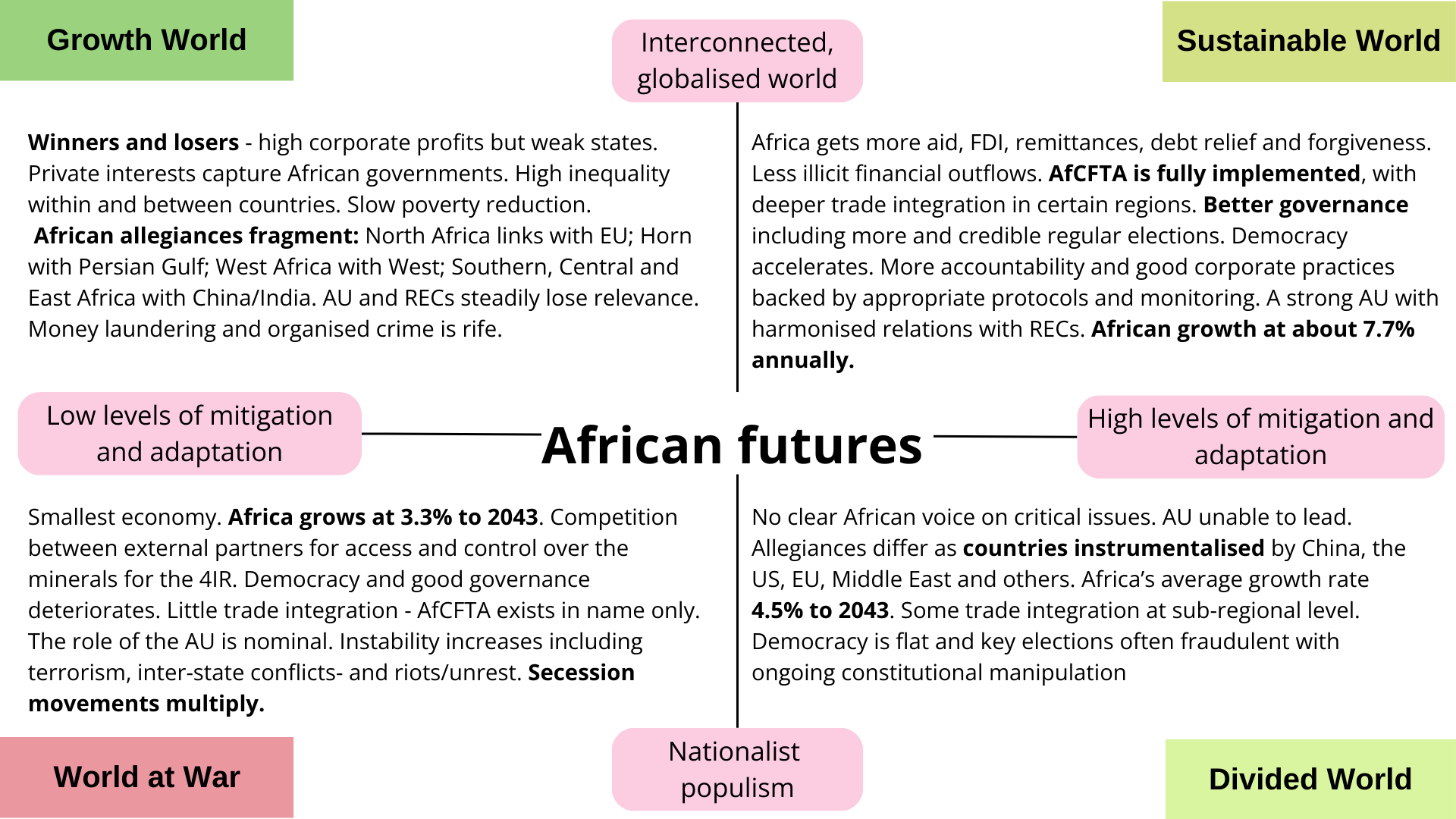
The Vietnam-Denmark Relations: Trade dynamic is a thriving axis of their partnership, characterized by complementary strengths. Vietnam’s manufacturing prowess and Denmark’s innovation in green tech create a symbiotic trade ecosystem.
Key Sectors Driving Bilateral Trade
Textiles, electronics, and seafood dominate Vietnam’s exports to Denmark, while Danish machinery, pharmaceuticals, and dairy products flow into Vietnam. The EVFTA has been a game-changer, slashing tariffs and opening new avenues for exporters. For instance, Vietnamese coffee and seafood now enjoy preferential access to Danish supermarkets.
Danish investments in Vietnam’s renewable energy sector, led by giants like Vestas and Orsted, highlight the strategic alignment in sustainability. These projects not only boost Vietnam’s energy transition but also position Denmark as a key partner in its green growth agenda.
The EVFTA Effect: Accelerating Trade Growth
Since its implementation, the EVFTA has spurred a 20% increase in bilateral trade, with Danish consumers benefiting from affordable Vietnamese goods and Vietnamese industries gaining access to high-tech Danish equipment. The agreement’s emphasis on intellectual property and fair competition has further bolstered investor confidence.
Small and medium enterprises (SMEs) in both countries are leveraging the EVFTA’s provisions to explore cross-border opportunities. Danish SMEs, for example, are increasingly outsourcing IT services to Vietnam’s tech hubs, while Vietnamese firms partner with Danish designers for sustainable fashion lines.
Investment Flows: Building Sustainable Infrastructure
Denmark’s Investment Fund for Developing Countries (IFU) has channeled millions into Vietnamese clean energy and agribusiness projects. These investments prioritize sustainability, aligning with Vietnam’s net-zero commitments. Joint ventures in wind energy, such as the La Gan Offshore Wind Farm, exemplify how economic cooperation drives environmental progress.
Challenges like regulatory hurdles and supply chain disruptions persist, but bilateral working groups are actively addressing these through policy dialogues and capacity-building programs.
Opportunities and Challenges in Vietnam-Denmark Bilateral Trade
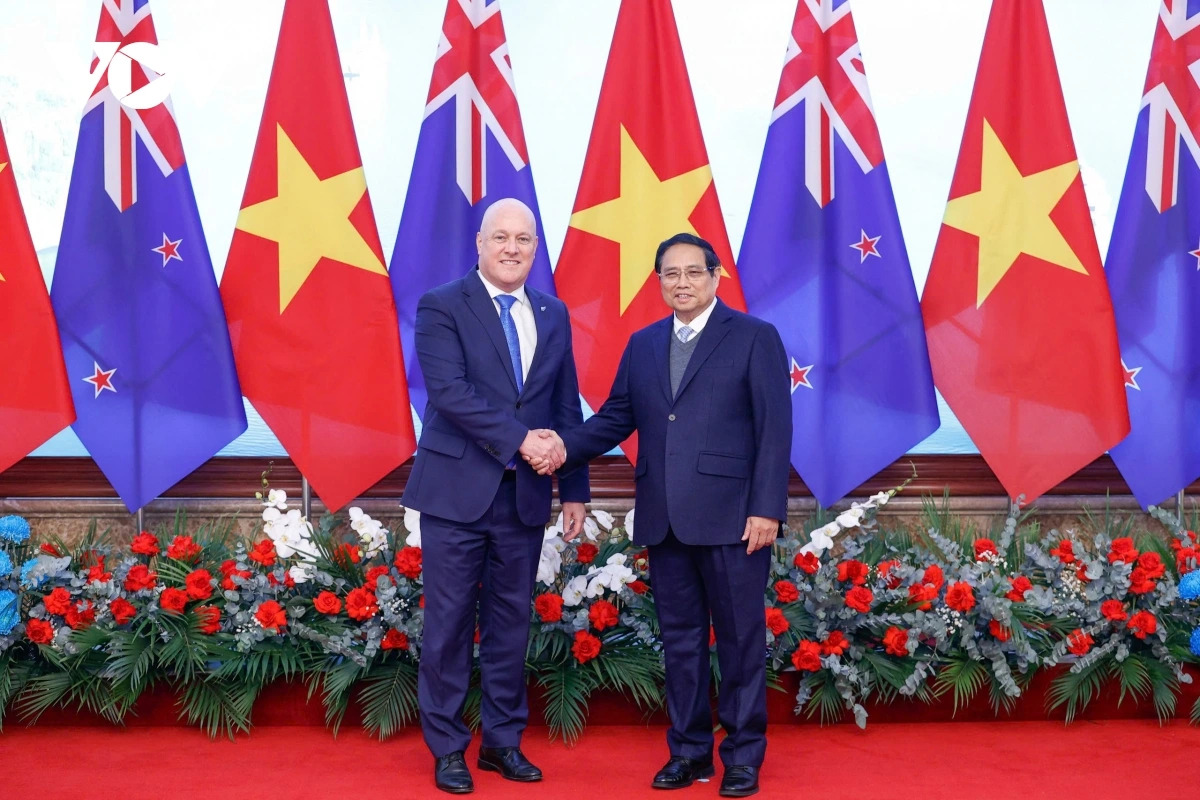
While the trade relationship is robust, unlocking its full potential requires navigating both opportunities and structural challenges.
Untapped Potential in Green Technology
Vietnam’s surge in renewable energy demand presents a golden opportunity for Danish firms specializing in wind and solar solutions. Collaborative R&D initiatives could localize technology transfer, reducing costs and enhancing Vietnam’s energy independence.
However, bureaucratic delays in project approvals and grid connectivity issues remain barriers. Streamlining these processes through public-private partnerships could accelerate green energy deployments.
Diversifying Trade Beyond Traditional Sectors
Beyond textiles and agriculture, there’s room to expand into niche markets like organic food and smart city solutions. Denmark’s strength in urban planning could aid Vietnam’s rapid urbanization, while Vietnamese tech startups might find fertile ground in Denmark’s innovation hubs.
Cultural differences in business practices—such as negotiation styles—can pose challenges. Cross-cultural training programs for entrepreneurs could bridge this gap, fostering smoother collaborations.
Addressing Trade Imbalances
Vietnam’s trade surplus with Denmark reflects its export-driven economy. Encouraging more Danish exports to Vietnam, perhaps in education services or healthcare technology, could create a more balanced trade profile. Trade fairs and matchmaking events tailored to these sectors could stimulate demand.
Travel and Tourism Exchanges: Promoting Cultural Understanding
Travel & Diplomacy between Vietnam and Denmark, though smaller in scale compared to trade, plays a pivotal role in strengthening ties. Tourism fosters mutual appreciation and sparks grassroots connections.
Danish Tourists in Vietnam: Exploring New Horizons
Vietnam’s UNESCO sites—from Ha Long Bay to Hoi An’s ancient town—are increasingly popular among Danish travelers seeking adventure and culture. Direct flights via European hubs have made travel more accessible, with arrivals growing by 12% annually.
Sustainable tourism initiatives, such as eco-lodges and community-based tours, resonate with Denmark’s environmentally conscious travelers. Collaborative campaigns promoting responsible travel could further boost this segment.
Vietnamese Diaspora in Denmark: A Cultural Bridge
Denmark’s Vietnamese community, though small, actively participates in cultural festivals and business networks. Their dual heritage enriches bilateral relations, offering insights into consumer preferences and fostering cross-border entrepreneurship.
Challenges and the Path Forward
Seasonal travel patterns and high costs limit year-round tourism growth. Joint marketing efforts highlighting off-season attractions (e.g., Vietnam’s central highlands in autumn) could mitigate this. Visa facilitation agreements would also encourage more exchanges.
Shared Priorities and Collaboration on Sustainable Development
Climate action and sustainable development are central to Vietnam-Denmark Relations, with both nations committed to the SDGs.
Green Growth Initiatives
Denmark’s Energy Partnership Programme assists Vietnam in drafting renewable energy policies and integrating wind power into its grid. Pilot projects, like smart water management in the Mekong Delta, showcase scalable solutions for climate adaptation.
Circular Economy and Waste Management
Danish firms are pioneering waste-to-energy projects in Vietnamese cities, tackling plastic pollution while generating clean power. Public awareness campaigns, modeled after Denmark’s recycling culture, could transform Vietnam’s waste disposal habits.
Education and Capacity Building
Scholarship programs for Vietnamese students in environmental sciences and sustainable design ensure long-term knowledge transfer. Virtual training platforms could expand access to Danish expertise in rural Vietnam.
The Future of Vietnam-Denmark Relations: Prospects and Outlook
The trajectory of Vietnam-Denmark Relations: Trade, Travel & Diplomacy points toward deeper integration and innovation.
Digital Transformation and Smart Partnerships
E-commerce platforms linking Danish and Vietnamese SMEs could democratize trade. Blockchain solutions for supply chain transparency, a Danish forte, would benefit Vietnam’s agricultural exports.
Geopolitical Alignment and Security Cooperation
As both nations navigate US-China tensions, their partnership offers a neutral platform for trade diversification. Maritime security collaborations in the South China Sea could emerge as a new frontier.
A Vision for 2030
By 2030, the relationship could evolve into a Green Strategic Partnership, with joint ventures in hydrogen energy and climate-smart agriculture. Annual leadership summits would institutionalize high-level coordination.
Conclusion
The Vietnam-Denmark Relations: Trade partnership is a testament to how geographically distant nations can forge impactful alliances. From trade and tourism to sustainability and diplomacy, their collaboration exemplifies the power of shared goals and adaptive strategies. As both countries look ahead, embracing innovation and inclusivity will ensure this partnership not only endures but thrives in an uncertain global landscape.
Keywords: Vietnam-Denmark Relations: Trade, Travel & Diplomacy, sustainable development, EVFTA, green energy.



